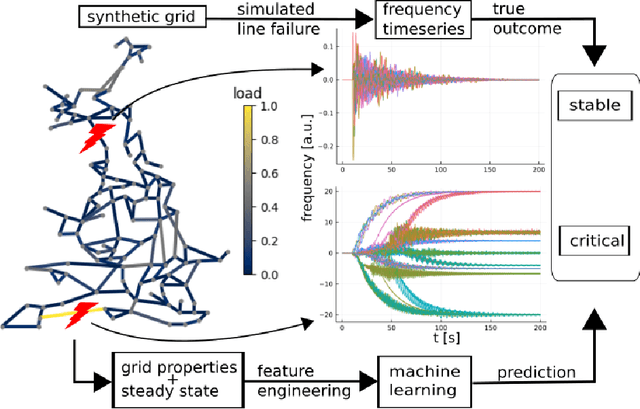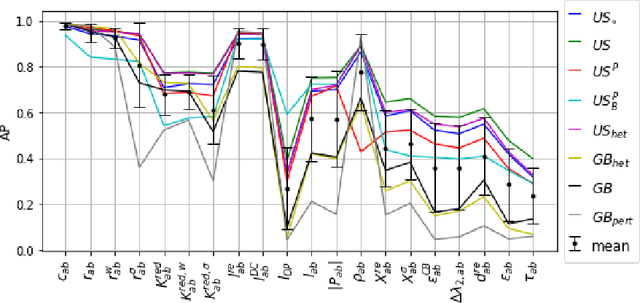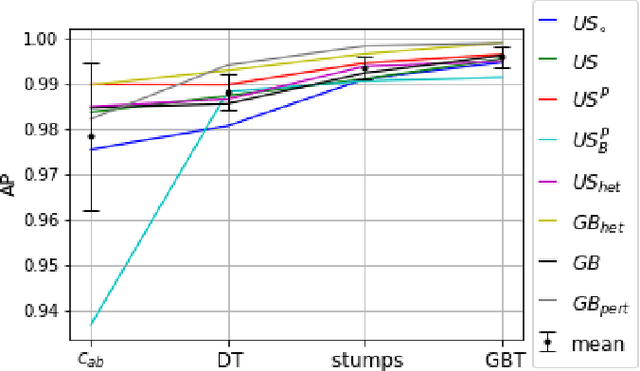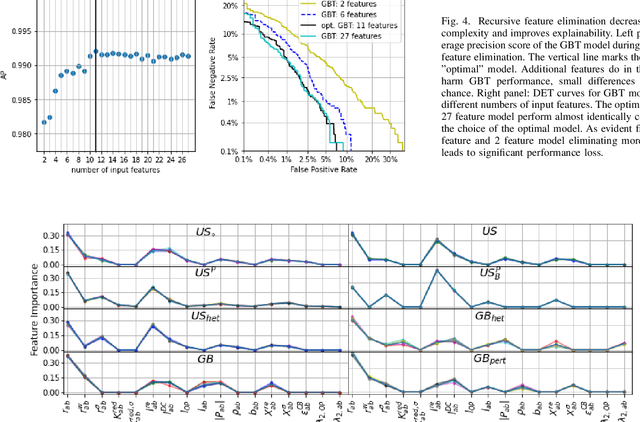Maurizio Titz
Identifying drivers and mitigators for congestion and redispatch in the German electric power system with explainable AI
Jul 24, 2023Abstract:The transition to a sustainable energy supply challenges the operation of electric power systems in manifold ways. Transmission grid loads increase as wind and solar power are often installed far away from the consumers. In extreme cases, system operators must intervene via countertrading or redispatch to ensure grid stability. In this article, we provide a data-driven analysis of congestion in the German transmission grid. We develop an explainable machine learning model to predict the volume of redispatch and countertrade on an hourly basis. The model reveals factors that drive or mitigate grid congestion and quantifies their impact. We show that, as expected, wind power generation is the main driver, but hydropower and cross-border electricity trading also play an essential role. Solar power, on the other hand, has no mitigating effect. Our results suggest that a change to the market design would alleviate congestion.
Predicting Dynamic Stability from Static Features in Power Grid Models using Machine Learning
Oct 17, 2022



Abstract:A reliable supply with electric power is vital for our society. Transmission line failures are among the biggest threats for power grid stability as they may lead to a splitting of the grid into mutual asynchronous fragments. New conceptual methods are needed to assess system stability that complement existing simulation models. In this article we propose a combination of network science metrics and machine learning models to predict the risk of desynchronisation events. Network science provides metrics for essential properties of transmission lines such as their redundancy or centrality. Machine learning models perform inherent feature selection and thus reveal key factors that determine network robustness and vulnerability. As a case study, we train and test such models on simulated data from several synthetic test grids. We find that the integrated models are capable of predicting desynchronisation events after line failures with an average precision greater than $0.996$ when averaging over all data sets. Learning transfer between different data sets is generally possible, at a slight loss of prediction performance. Our results suggest that power grid desynchronisation is essentially governed by only a few network metrics that quantify the networks ability to reroute flow without creating exceedingly high static line loadings.
 Add to Chrome
Add to Chrome Add to Firefox
Add to Firefox Add to Edge
Add to Edge